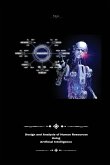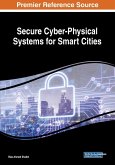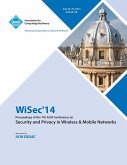Network coding existed for a very long time. It provides efficient techniques to enhance the efficiency of a network. Future networks will have very high traffic in demand, and so at the same time, their careful planning is also critical from various aspects. With the rapid developments in ongoing convergence of technology where every object communicates, managing such a network's security becomes vital. With security in place, there is always a tradeoff with the efficiency and throughput of the infrastructure. Security as main aspects may affect the network coding implementation. Each node in communication adds a random mixture of data packets as the main feature of network coding. It leads to severe security drawbacks. In the wireless system, the scenario is challenging, and security policies must be stricter to address the network coding's weaknesses. Lightweight, secure network coding for tiny and smart sensor objects is a viable future solution to address the problems. The smart-things are capable of automatic communication with each other over a wired or wireless network. Due to the rapid increase of such sensors, numerous challenges have emerged. These sensor devices have dedicated roles as a part of a big sensor ecosystem. To manage such a diversified network of smart things, we need a careful and systematic distinction of case scenarios, service design, and implementation. At the same time, each ecosystem must provide various user-centric features without compromising the data security and user's privacy. These facilities require a framework that incorporates the heterogeneous infrastructure and provides a transparent service to ensure seamless connectivity, privacy, and data security. Network coding ensures the data security at various protocol layers such as link layer, network layer and partially at the session and application layer.
Bitte wählen Sie Ihr Anliegen aus.
Rechnungen
Retourenschein anfordern
Bestellstatus
Storno









